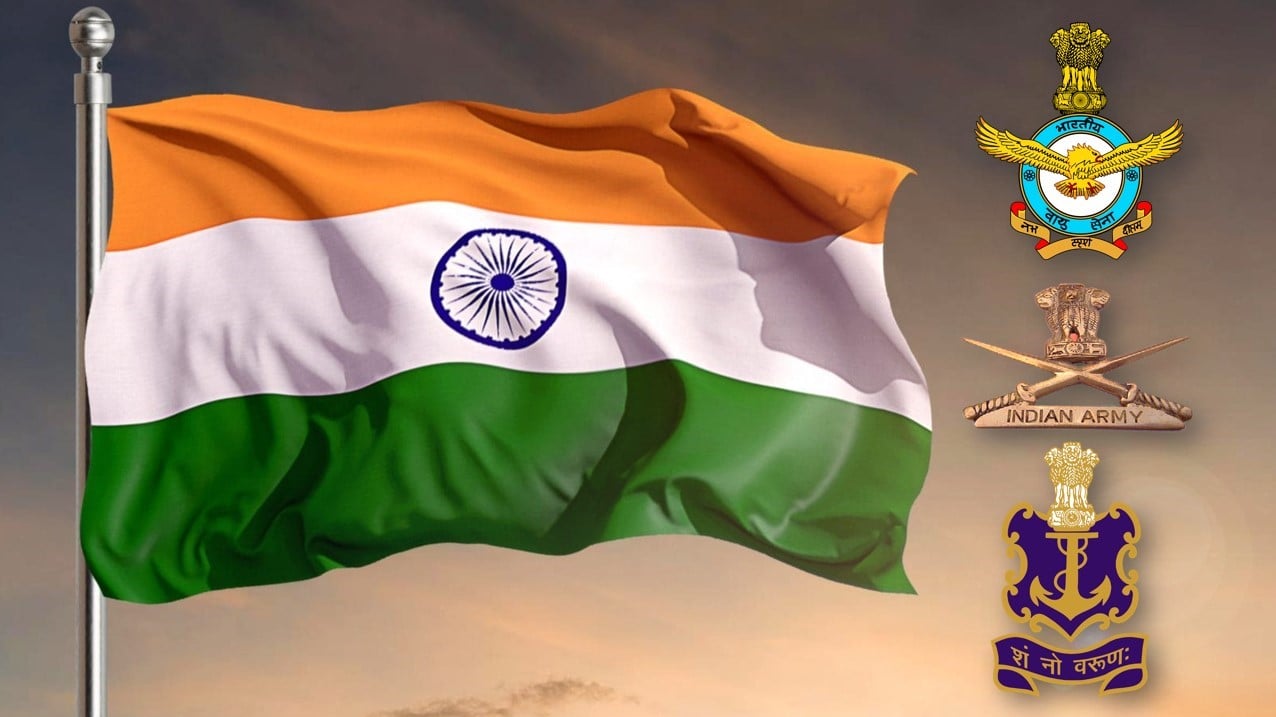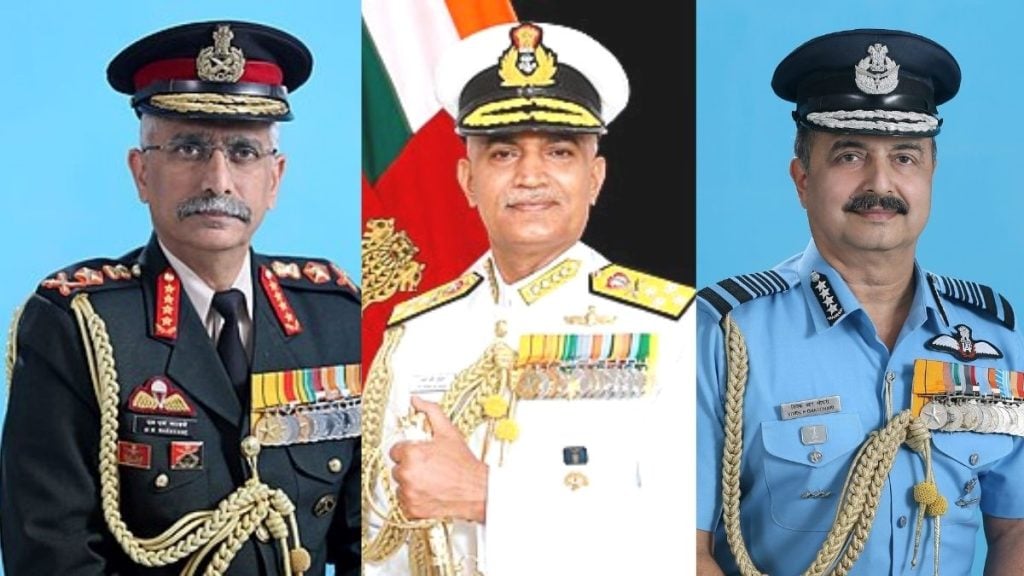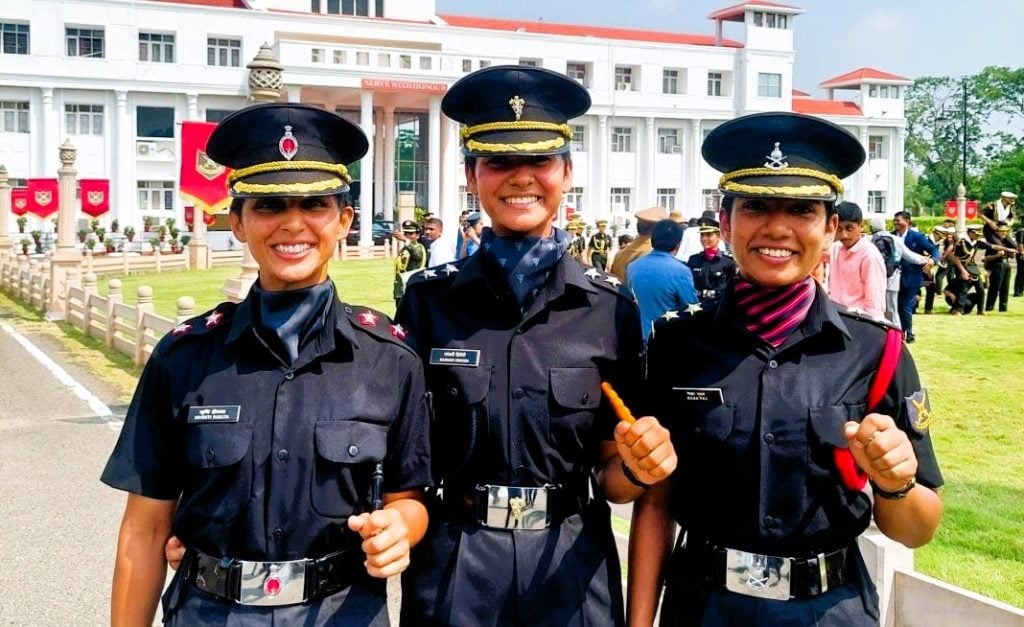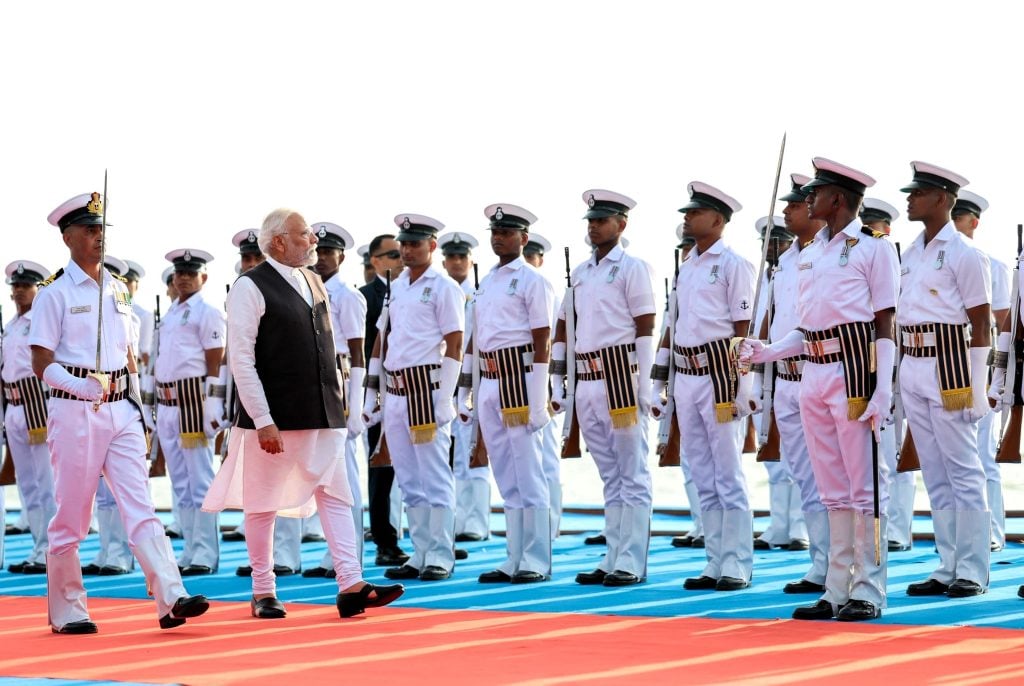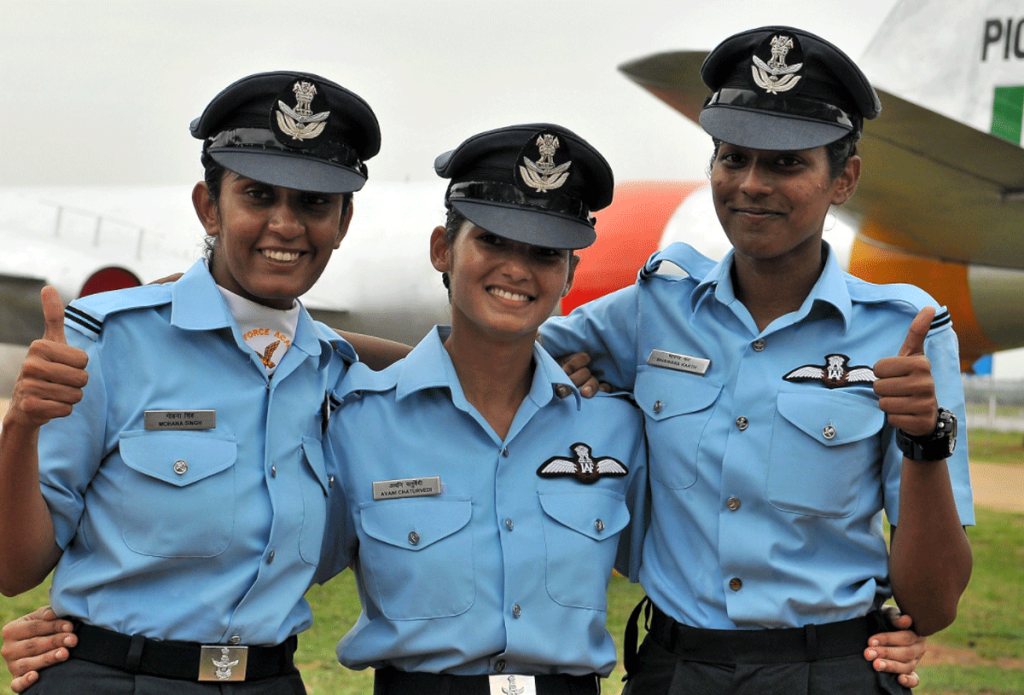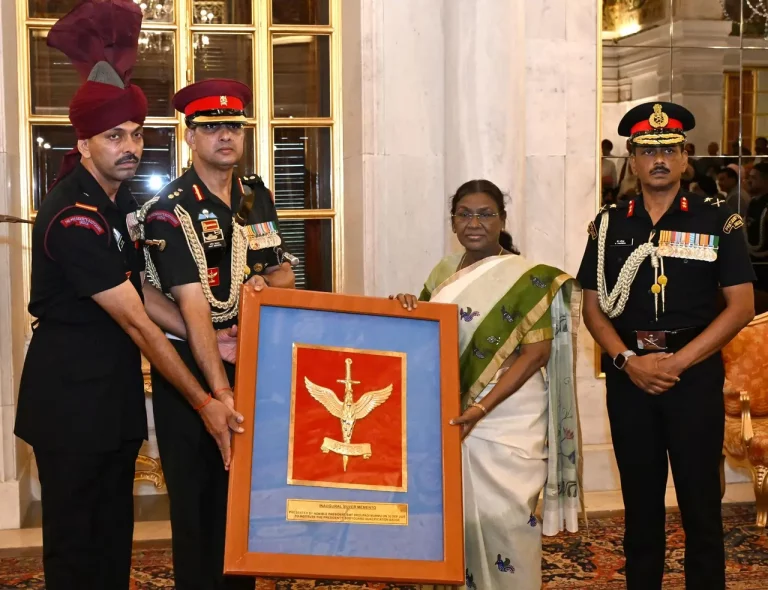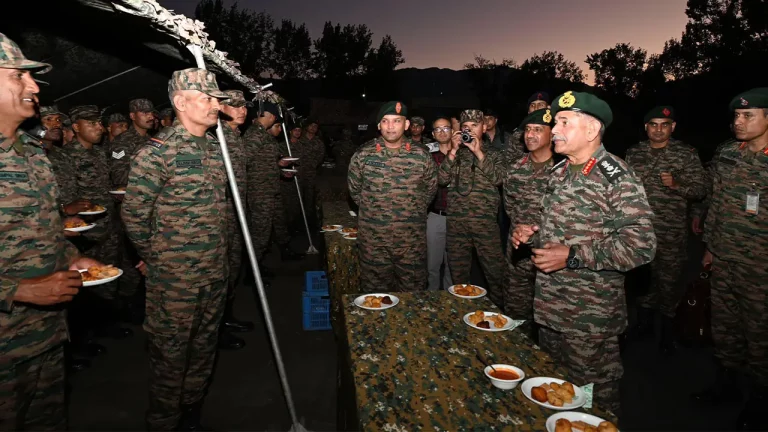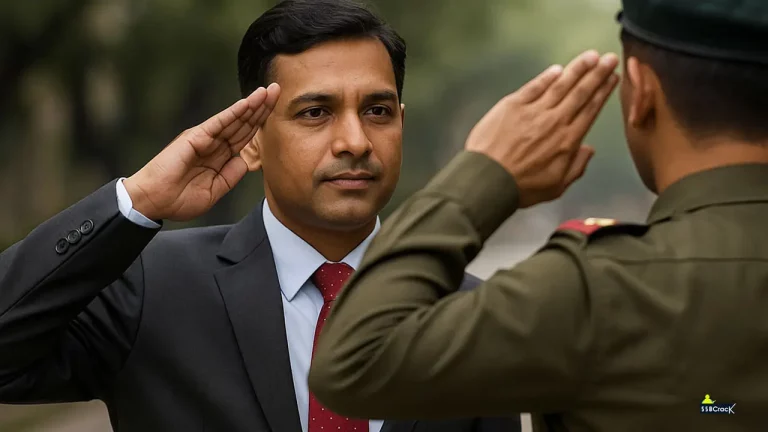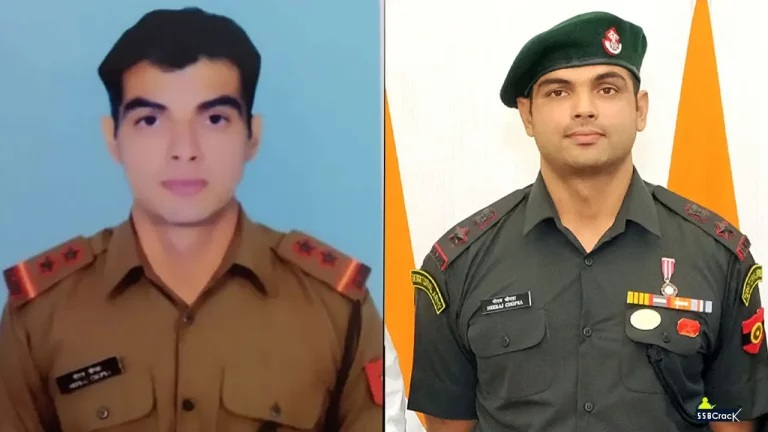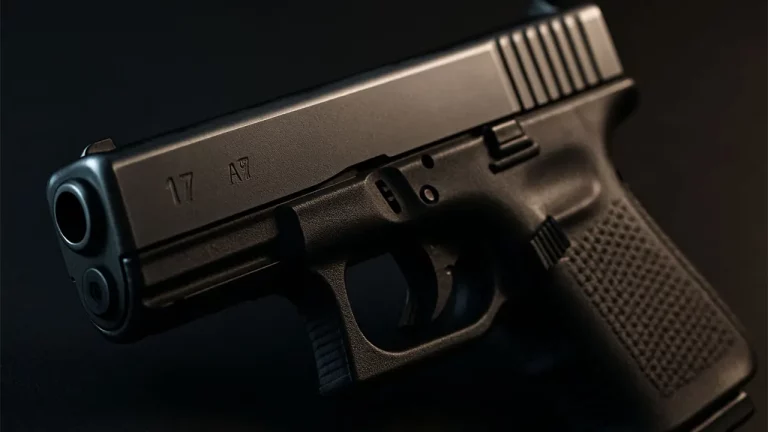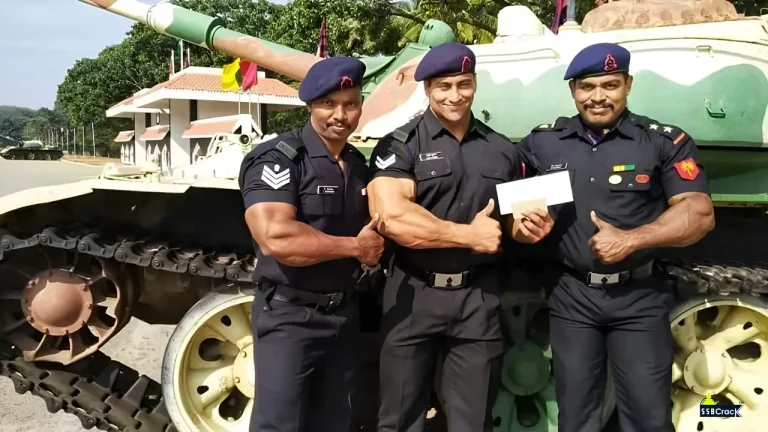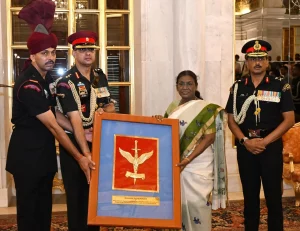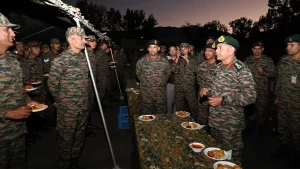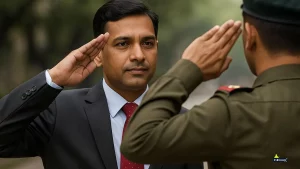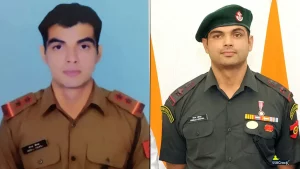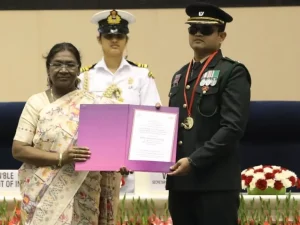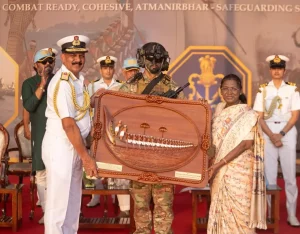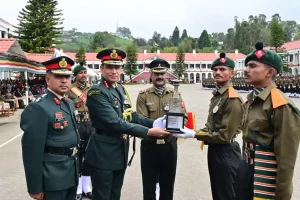Joining the prestigious Indian Armed Forces is a coveted dream for many young individuals across the nation. The opportunity to serve one’s country with honor, discipline, and a spirit of unwavering dedication is what draws countless aspiring candidates towards this noble profession. However, the journey to becoming an officer in the Indian Armed Forces is not without its challenges. Navigating the complexities of the selection process, particularly the rigorous SSB interview, requires a deep understanding of the unique characteristics and requirements of each service branch – the Indian Army, the Indian Navy, and the Indian Air Force.
In this comprehensive article, we will delve into the Understanding the Three Indian Armed Forces And Tips To Crack SSB interview, equipping you with the knowledge and insights needed to make an informed decision about your future career path. Moreover, we will also explore the essential tips and strategies to excel in the coveted SSB interview, empowering you to take the first step towards realizing your dream of serving in the Indian Armed Forces.
10 Top Indigenous Weapons For Indian Armed Forces
The Indian Army
The Indian Army, the largest of the three branches, is responsible for the defense and security of the nation’s vast and diverse land territories. Serving in the Indian Army demands a unique set of skills and attributes, including physical prowess, tactical acumen, and a strong sense of discipline and leadership.
Eligibility and Qualifications
To be eligible for the Indian Army, candidates must possess a bachelor’s degree from a recognized university, with a minimum of 50% marks (45% for SC/ST candidates). Additionally, they must meet the age and physical fitness requirements set by the Indian Army.
Roles and Responsibilities
The Indian Army offers a wide range of career opportunities, including infantry, artillery, armored corps, engineering, signals, and more. Soldiers in the Indian Army are tasked with securing the nation’s borders, engaging in counter-insurgency operations, and providing humanitarian aid during natural disasters.
Training and Development
The Indian Army’s training program is designed to transform cadets into well-rounded officers, equipping them with the necessary skills and knowledge to lead their troops effectively. Cadets undergo rigorous physical, tactical, and leadership training at prestigious institutions such as the National Defence Academy (NDA) and the Indian Military Academy (IMA).
The Indian Navy
The Indian Navy, responsible for the protection of the nation’s maritime interests, is a highly specialized and technologically advanced branch of the Indian Armed Forces. Serving in the Indian Navy requires a unique set of skills, including technical expertise, navigational proficiency, and a strong affinity for the sea.
Eligibility and Qualifications
Candidates aspiring to join the Indian Navy must possess a bachelor’s degree in engineering or a relevant technical field, with a minimum of 60% marks (55% for SC/ST candidates). They must also meet the age and physical fitness requirements set by the Indian Navy.
Roles and Responsibilities
The Indian Navy’s diverse portfolio includes surface warfare, submarine operations, naval aviation, and maritime surveillance. Officers in the Indian Navy may specialize in areas such as navigation, engineering, logistics, or even as fighter pilots.
Training and Development
The Indian Navy’s training program is designed to develop highly skilled and adaptable officers. Cadets undergo extensive training in seamanship, navigation, and combat operations at prestigious institutions like the Indian Naval Academy and the Indian Naval College.
The Indian Air Force
The Indian Air Force, responsible for the defense of the nation’s airspace, is a technologically advanced and highly sophisticated branch of the Indian Armed Forces. Serving in the Indian Air Force requires a unique combination of technical expertise, aeronautical skills, and a deep understanding of modern warfare.
Eligibility and Qualifications
Candidates aspiring to join the Indian Air Force must possess a bachelor’s degree in engineering or a relevant technical field, with a minimum of 60% marks (55% for SC/ST candidates). They must also meet the age and physical fitness requirements set by the Indian Air Force.
Roles and Responsibilities
The Indian Air Force’s diverse portfolio includes air superiority, air defense, ground attack, air transport, and strategic reconnaissance. Officers in the Indian Air Force may specialize in areas such as fighter operations, transport, or even as air traffic controllers.
Training and Development
The Indian Air Force’s training program is designed to develop highly skilled and adaptable officers. Cadets undergo extensive training in aviation, combat operations, and leadership at prestigious institutions like the Air Force Academy and the Air Force Technical College.
Inspiring Mottos of the Indian Armed Forces
Cracking the SSB Interview
Regardless of the branch you choose, the SSB (Services Selection Board) interview is a crucial step in the selection process for the Indian Armed Forces. The SSB interview is a comprehensive assessment of an individual’s physical, mental, and psychological attributes, designed to identify the most suitable candidates for officer positions.
Understanding the SSB Interview Process
The SSB interview is a five-day process that consists of two stages: Stage I and Stage II. Stage I includes the Officer Intelligence Rating (OIR) test and the Picture Perception and Description Test (PP&DT), while Stage II comprises a series of psychological tests, Group Tasks and Exercises (GTO), and a Personal Interview.
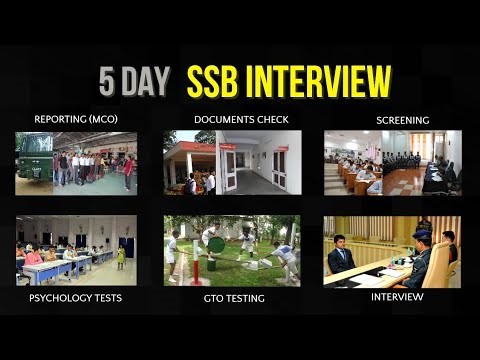
Key Tips for Excelling in the SSB Interview
- Thorough Preparation: Familiarize yourself with the SSB interview format, the types of tests and exercises, and the evaluation criteria. Develop a comprehensive preparation strategy that addresses both academic and personality-based aspects.
- Physical Fitness: Maintain a high level of physical fitness, as the SSB interview places a strong emphasis on physical prowess, endurance, and coordination.
- Emotional and Psychological Readiness: Cultivate a balanced emotional and psychological state, as the SSB interview aims to assess your ability to handle stress, make sound decisions, and work effectively under pressure.
- Communication and Leadership Skills: Hone your communication skills, both verbal and non-verbal, as well as your leadership abilities, as these are crucial in the SSB interview and the subsequent role as an officer.
- Adaptability and Problem-Solving: Develop a flexible and adaptable mindset, as the SSB interview will challenge you with various scenarios that require quick thinking and effective problem-solving skills.
- Attention to Detail: Pay close attention to the instructions and requirements of each test and exercise, as the SSB interview evaluates your attention to detail and ability to follow directions.
- Confidence and Positivity: Approach the SSB interview with confidence, positivity, and a genuine desire to serve the nation. Showcase your passion for the armed forces and your commitment to the role.
Top 10 Missiles of Indian Armed Forces
Conclusion
Choosing the right branch of the Indian Armed Forces is a pivotal decision that requires careful consideration of your skills, interests, and career aspirations. By understanding the unique characteristics and requirements of the Indian Army, the Indian Navy, and the Indian Air Force, you can make an informed choice that aligns with your strengths and ambitions.
Moreover, mastering the art of the SSB interview is crucial to securing a coveted position in the Indian Armed Forces. By following the comprehensive tips and strategies outlined in this article, you can enhance your chances of success and take the first step towards realizing your dream of serving the nation with honor and distinction.
Remember, the journey to becoming an officer in the Indian Armed Forces is challenging, but the rewards of dedicating your life to the service of your country are truly unparalleled. Embrace the path that speaks to your heart, and let your passion and determination guide you towards a future of excellence and national service.
FAQs
1. Which are the three main branches of Indian Armed Forces?
The Indian Armed Forces consist of three branches: the Indian Army, the Indian Navy, and the Indian Air Force.
2. What is the salary of SSB Air Force Officer?
It’s important to remember that these figures can vary depending on the officer’s rank and branch within the force. Monthly Salary Breakdown for Various Ranks: Flying Officer: ₹56,100 – ₹1,77,500. Flight Lieutenant: ₹61,300 – ₹1,93,900.
3. What are the 7 commands of Indian Army?
The Indian Army is structured into seven commands: six operational commands and one training command. These include the Western Command, Eastern Command, Northern Command, Southern Command, South Western Command, Central Command, and the Training Command.
4. What is the slogan of Indian Army?
The motto of the Indian Army is “Service Before Self,” which is also expressed in Sanskrit as “Seva Asmakam Dharma.”
5. What is the slogan of the IAF?
The motto of the Indian Air Force, “Touch the Sky with Glory,” is derived from the eleventh chapter of the Bhagavad Gita, where Lord Krishna imparts his discourse to Arjuna on the battlefield of Kurukshetra during the Mahabharata war.
